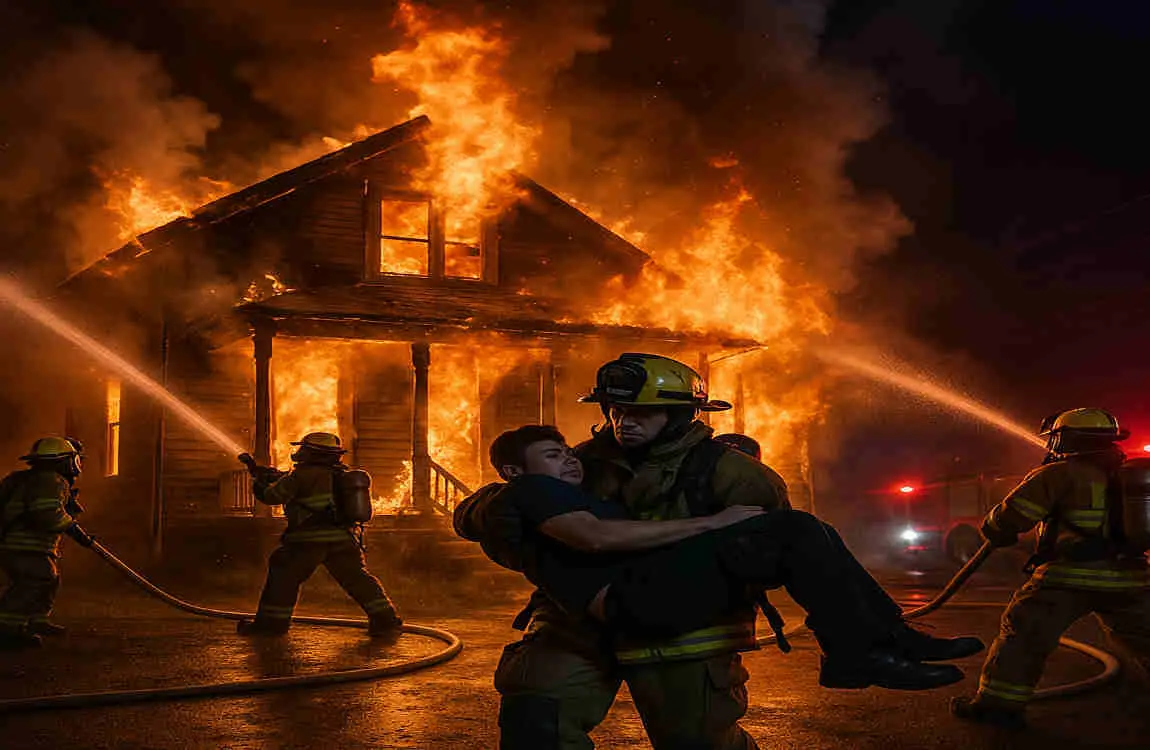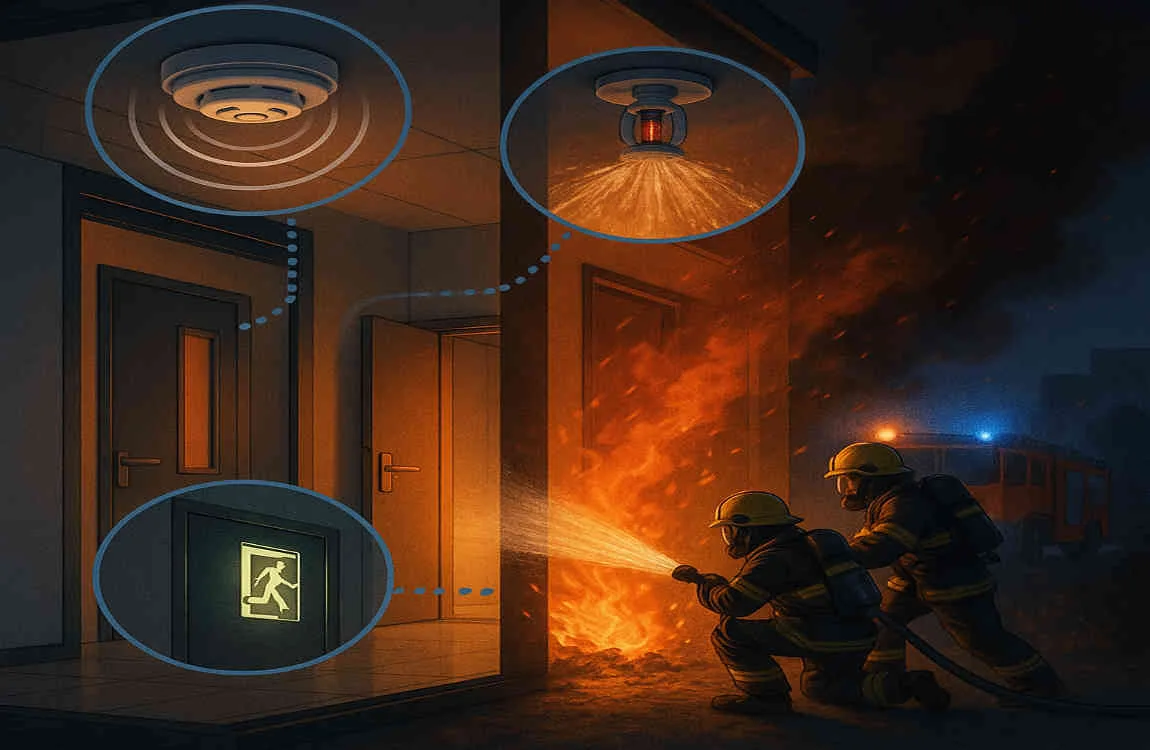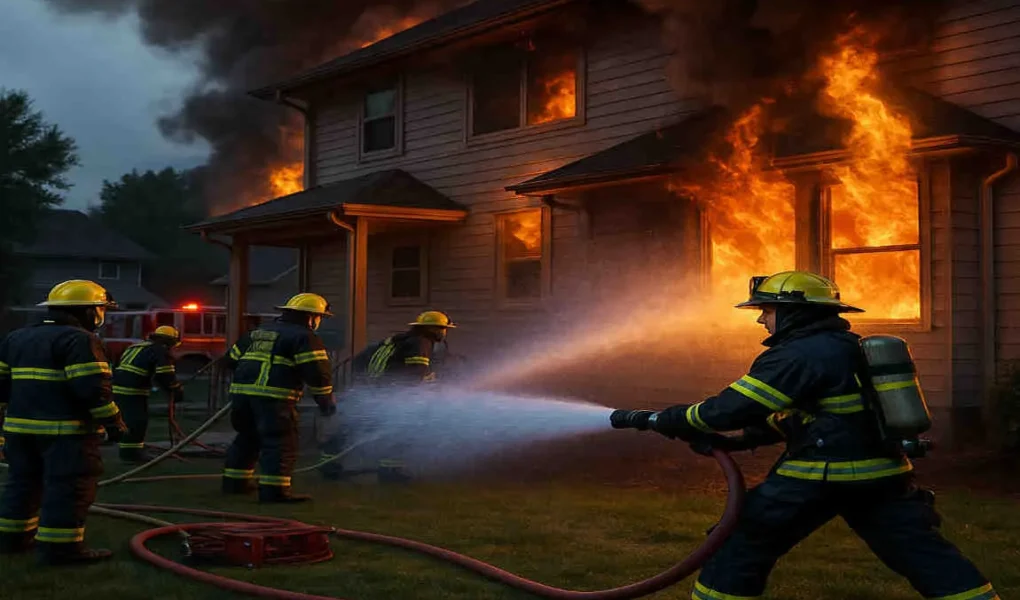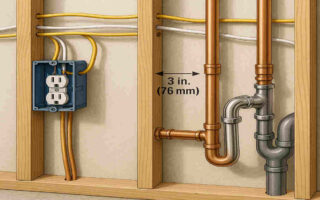Firefighters play a crucial role in safeguarding our homes and lives. Their presence during emergencies can be the difference between devastation and safety. Every year, thousands of fires threaten residential areas, and the rapid response of firefighters is vital in saving houses from flames.
To kick things off, let’s consider a compelling fact: In 2020 alone, U.S. fire departments responded to over 1.3 million fires, resulting in significant property loss. However, thanks to the bravery and expertise of firefighters, many homes have been saved.
Understanding the Role of Firemen in House Fires

Primary Responsibilities of Firemen
Firefighters are often the first responders to residential fires, and their primary duties include:
- Extinguishing fires to prevent further damage.
- Rescuing individuals trapped inside burning structures.
- Providing medical assistance when needed.
These responsibilities demand not only physical strength but also quick thinking and emotional resilience.
Importance of Quick Response and Coordination
The effectiveness of firefighters hinges on their ability to respond quickly and work as a cohesive unit. Time is of the essence in firefighting. For instance, a fire can double in size every minute, making rapid response crucial. Firefighters undergo rigorous training to ensure that they can act without hesitation when a call comes in.
Types of Fires Commonly Encountered in Homes
Firefighters deal with various types of house fires, including:
- Kitchen fires (often caused by cooking accidents)
- Electrical fires (from faulty wiring or appliances)
- Heating-related fires (due to space heaters or fireplaces)
You may also read (is there a reason why my house gets hot at night).
Each type presents unique challenges, and understanding these differences is essential for effective firefighting.
Emotional and Physical Risks
Firefighters often face significant risks to their physical and mental well-being. The smoke and heat can be intense, and the potential for structural collapse adds to the danger. Additionally, the emotional toll of witnessing trauma and loss can weigh heavily on firefighters. Their commitment to saving lives and homes reflects their deep sense of duty and courage.
How Firemen Detect and Respond to House Fires
Fire Detection Systems and Community Notification
The first line of defense against house fires is a reliable fire detection system. Smoke alarms are essential and can provide early warning signals to homeowners, alerting them to potential dangers. When an alarm goes off, it often triggers a 911 call, alerting local fire services.
Preparation and Deployment
Once notified, firefighters spring into action. They quickly gather their gear, which includes protective clothing and equipment, and prepare for deployment. The speed and efficiency of this process can significantly influence the outcome of a fire.
Role of Dispatchers and Communication
Effective communication is key in emergency situations. Dispatchers play a crucial role in coordinating responses. They ensure that the correct units are dispatched and provide firefighters with critical information about the nature and location of the fire. This coordination helps facilitate a swift response, which is essential for saving houses from flames.
Techniques and Strategies Firemen Use to Save Houses from Flames
Fire Suppression Techniques
Fire suppression is an art that involves a range of techniques. Firefighters utilize:
- Water hoses to extinguish flames.
- Foam and fire retardants to suppress fires in specific situations.
Ventilation Techniques
You may also read (how to handle noise complaints in your home).
Ventilation is another critical strategy. By creating openings in a burning structure, firefighters can control smoke and heat, allowing them to combat the fire more effectively.
Rescue Operations
During a fire, the priority is often to search and rescue individuals trapped inside. Firefighters are trained to navigate through hazardous environments, using techniques that maximize their chances of finding victims safely.
- Protecting valuables: Firemen often do their best to salvage essential items, minimizing the loss for homeowners.
- Preventing fire extension: Firefighters work to control the spread of flames to nearby structures, further protecting the community.
Use of Firefighting Tools and Equipment
Firefighters rely on a plethora of tools and equipment to do their job effectively:
Equipmen tPurpose
Protective Gear Shields against heat and smoke
Breathing Apparatus provides oxygen in smoke-filled environments
Thermal Imaging Cameras locate hotspots and trapped individuals
Ladder Trucks access upper floors and rooftops
Teamwork is crucial for effectively utilizing these tools. Firefighters train together to ensure that they can coordinate their efforts seamlessly.
Fire Prevention Measures That Support Firemen’s Efforts

Homeowner Actions
Homeowners play a critical role in fire prevention. Here are some practical measures:
- Install smoke detectors and regularly check and replace their batteries.
- Practice safe electrical habits: Avoid overloading outlets and replace faulty wiring.
- Close doors at night: This simple act can slow the spread of fire and smoke.
Fire Safety Education and Community Programs
Fire departments often conduct community education programs to raise awareness about fire safety. These initiatives help individuals understand the importance of fire prevention and how they can protect their homes and property.
Promoting Fire Safety
Firefighters actively promote fire safety through public demonstrations, school visits, and community events. Their involvement helps instill a culture of safety that benefits everyone.
The Role of Fire Inspections
Regular fire inspections can identify potential hazards in homes. Local regulations often require these inspections, which serve as an essential preventive measure against house fires.
Real-Life Stories: Remarkable Cases of Houses Saved by Firemen
Compelling Stories of Heroism
- The Rescue of the Johnson Family: In 2021, firefighters arrived at a house engulfed in flames. Thanks to their swift actions, they rescued a family of four trapped inside. The firefighters utilized thermal imaging to locate the family quickly.
- Saving the Smiths’ Heritage Home: When a fire broke out due to faulty wiring, firefighters not only extinguished the flames but also managed to save priceless family heirlooms. Their expertise in protecting valuables made a significant difference for the Smith family.
Testimonials and Quotes
Firefighters often share their experiences to highlight the importance of their work. One firefighter stated, “Every time we save a house, it’s not just about the property; it’s about the memories and lives connected to it.”
What Happens After Firefighters Save a House? Post-Fire Safety and Recovery
Ensuring Safety Before Re-entry
After extinguishing a fire, firefighters conduct thorough checks to ensure that the fire is entirely out. They assess the structure for safety before allowing homeowners to re-enter.
Structural Assessment
Firefighters also evaluate the structure for any potential hazards. This assessment is critical in determining whether the home is safe to inhabit or if further repairs are necessary.
Coordinating Emergency Services
Firefighters often assist homeowners in coordinating with insurance companies and other emergency services. They provide guidance on the next steps in recovery and may refer homeowners to local resources for further assistance.
Tips on Dealing with Fire Damage
Recovering from a fire can be overwhelming. Here are some tips for homeowners:
- Document damage: Take photos for insurance purposes.
- Seek professional help: Hire restoration experts to assess and repair damage.
- Lean on community resources: Local organizations may offer support for families recovering from fire incidents.
How Fire Services Are Evolving to Better Save Houses
Advances in Technology
Firefighting technology is continually evolving. New equipment and techniques have emerged to enhance firefighting capabilities. For example, drones are now used to survey fire-damaged areas for a better understanding of the fire’s spread.
Training Program Enhancements
Fire departments regularly update their training programs to include the latest firefighting techniques and safety protocols. This ongoing education ensures that firefighters remain prepared for any situation.
The Future of Firefighting
The integration of smart home technology into fire prevention is an exciting development. Systems that can detect smoke and alert fire services automatically may become commonplace, further enhancing public safety.
You may also read (what tools can i use to see my house from space).




